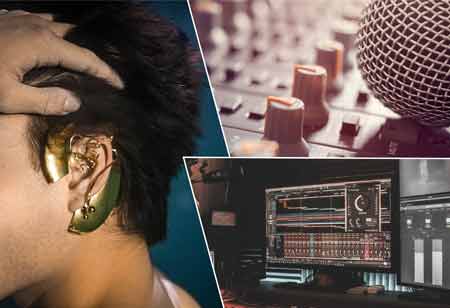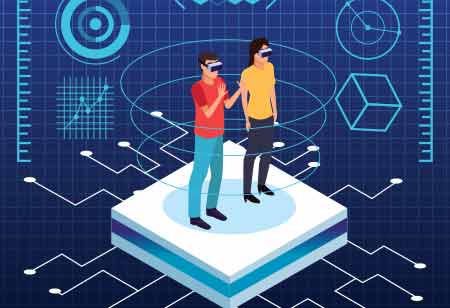THANK YOU FOR SUBSCRIBING

Enhancing Lives with Audio Solutions in Hearing Aids
Cameron Everett, Audio Engineering Directors, Bank OZK

 Cameron Everett, Audio Engineering Directors, Bank OZK
Cameron Everett, Audio Engineering Directors, Bank OZKAudio solutions in hearing aids often include customizable sounds that can be adjusted to suit the wearer's preferences and hearing needs.
Hearing loss is a prevalent sensory impairment affecting millions worldwide. The ability to hear is fundamental for communication, social interaction, and overall well-being. Advancements in technology, particularly in audio solutions for hearing aids, have remarkably enhanced the quality of life for individuals with hearing impairments. Hearing loss can range in severity, varying from mild to profound. It can result from aging, genetics, exposure to loud noises, infections, or certain medical conditions. Regardless of the cause, the impact of hearing loss on an individual's life can be profound. It can lead to isolation, frustration, and reduced quality of life.
Addressing hearing loss through effective audio solutions is crucial for mitigating its negative consequences. Audio solutions play a pivotal role in modern hearing aids. These solutions encompass a range of technologies designed to improve sound amplification, clarity, and customization to meet the unique needs of each individual with hearing loss. DSP technology allows hearing aids to process sound signals in real time, selectively amplifying speech while reducing background noise. The feature enhances speech intelligibility, making communicating effectively in various environments easier for individuals with hearing loss. Continued innovation and investment in audio technology are crucial for assuring that individuals with hearing impairments can access the tools they require to succeed in a hearing world.
Directional microphones help focus on the sounds coming from a specific direction, such as the speaker's voice in a noisy environment. Directional microphones improve the signal-to-noise ratio by reducing surrounding noise, enhancing the wearer's listening experience. Many modern hearing aids come with Bluetooth connectivity, allowing users to wirelessly stream audio directly from their smartphones, televisions, and other devices to their hearing aids. This feature enhances accessibility and convenience, enabling individuals with hearing loss to engage more fully in daily activities and entertainment.
Feedback or whistling sounds can occur when sound leaks from the ear canal back into the hearing aid's microphone. Adaptive feedback cancellation technology continuously monitors and adjusts the device's settings to prevent feedback, ensuring a comfortable and feedback-free listening experience for the wearer. Personalization ensures optimal performance and user satisfaction, as individuals can tailor their hearing aids to specific listening environments and preferences. Integrating advanced audio solutions in hearing aids offers numerous benefits to individuals with hearing loss.
Access to clear and amplified sound enhances the prevailing quality of life for individuals with hearing loss, allowing them to partake more fully in conversations, enjoy entertainment, and engage in activities they love. By enhancing speech intelligibility and reducing background noise, audio solutions enable individuals with hearing loss to articulate more effectively in diverse social and professional settings. Effective audio solutions empower individuals with hearing loss to navigate the world with greater confidence and independence. With improved hearing, they can easily participate in social gatherings, attend meetings, and engage in personal and professional interactions.
Untreated hearing loss has been related to cognitive decline and an improved risk of conditions such as dementia. By providing access to clear and audible sound, audio solutions in hearing aids may help mitigate these risks and preserve cognitive function. Audio solutions play a vital role in the effectiveness and functionality of modern hearing aids. These solutions significantly improve the lives of individuals with hearing loss by leveraging technological advancements such as digital signal processing, directional microphones, Bluetooth connectivity, and personalized sound settings. Enhanced communication, increased confidence, and improved quality of life are just some of the benefits that audio solutions provide.
Read Also


















ON THE DECK